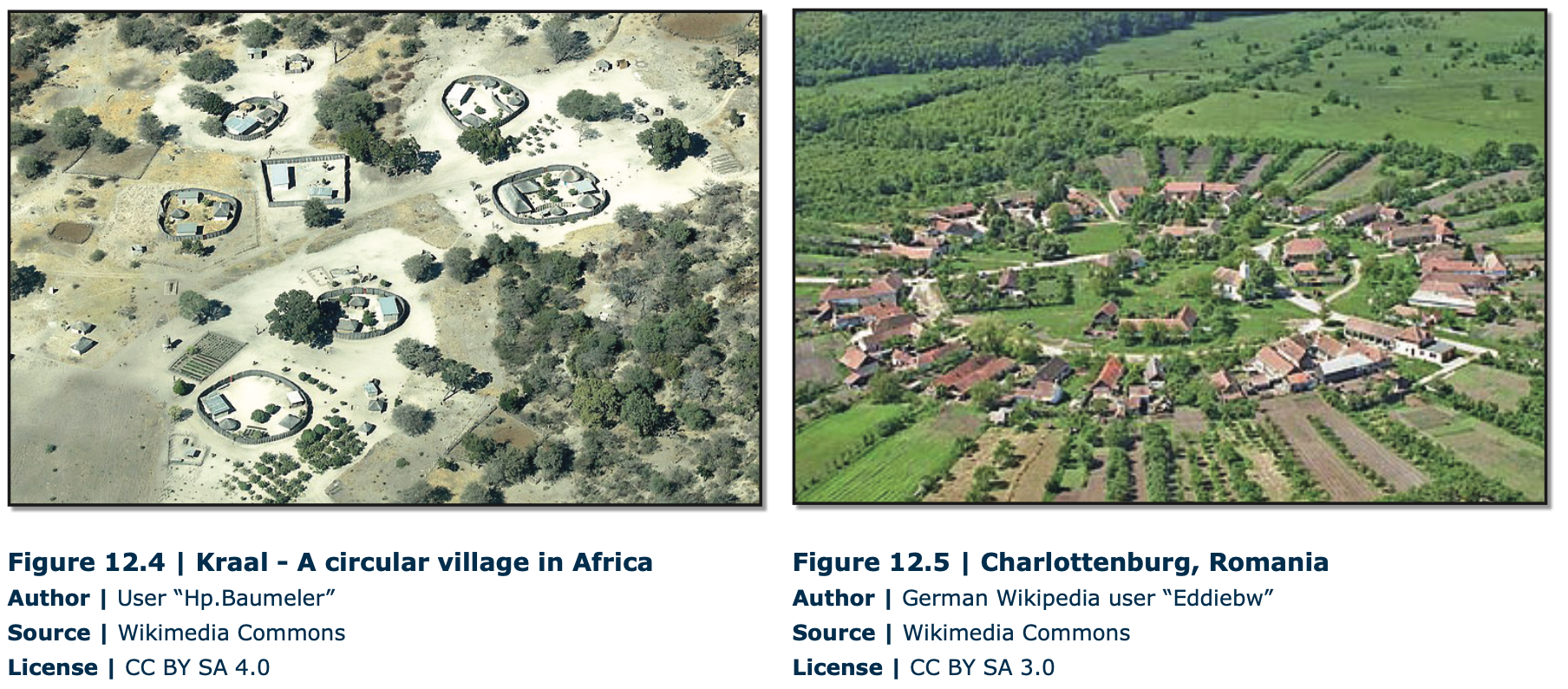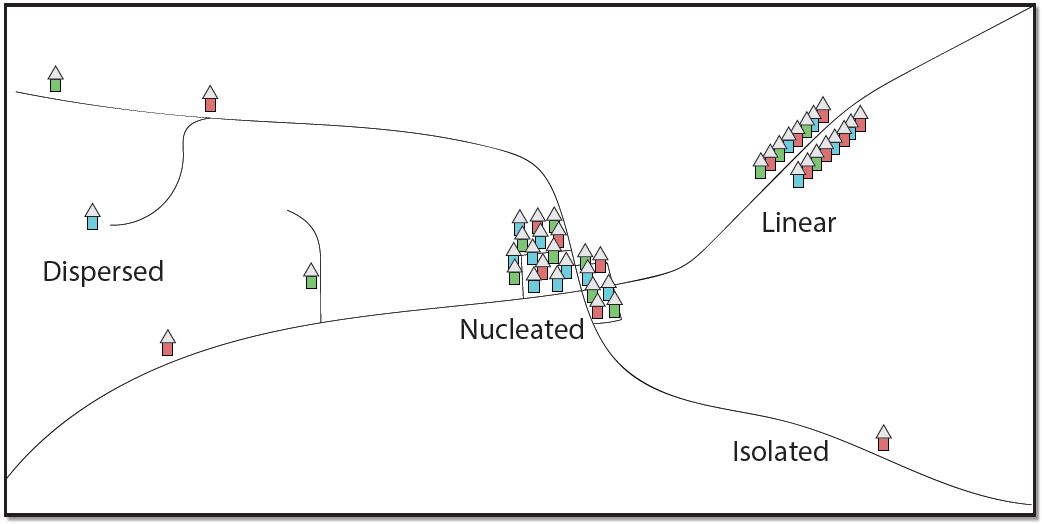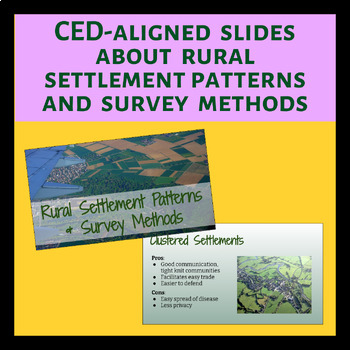Rural settlement patterns refer to the way in which people choose to live and settle in rural areas. These patterns can vary greatly depending on a number of factors, including the natural environment, economic opportunities, and cultural traditions. Understanding rural settlement patterns can provide insight into the history, culture, and development of a region, as well as the challenges and opportunities facing rural communities.
One of the key factors that influences rural settlement patterns is the natural environment. In areas with fertile soil, abundant water, and a favourable climate, people are more likely to settle and engage in agriculture. In contrast, areas with harsh or inhospitable climates, or limited natural resources, may have fewer settlements or be inhabited by smaller, more dispersed communities.
Economic opportunities also play a role in rural settlement patterns. In areas where there are abundant natural resources, such as timber, minerals, or oil, people may be attracted to these areas for the potential economic benefits. Similarly, if there are opportunities for employment in industries such as tourism, manufacturing, or transportation, people may be drawn to these areas.
Cultural traditions can also shape rural settlement patterns. In some cases, communities may be formed around shared cultural practices or traditions, such as religious beliefs or language. In other cases, cultural traditions may dictate the way in which people use and occupy the land, such as the use of terraced fields in mountainous regions or the establishment of communal grazing lands.
There are a number of different types of rural settlement patterns, including dispersed, linear, and clustered. Dispersed settlements are characterized by individual homes or farms that are spaced out over a large area, with little or no centralization. Linear settlements, on the other hand, are arranged in a line or along a transportation corridor, such as a road or a river. Clustered settlements are characterized by a group of homes or farms that are concentrated in a specific area, often with a central focus such as a village or town.
Regardless of the specific settlement pattern, rural communities often face a number of challenges. These can include isolation from urban centers, limited access to education and healthcare, and a lack of economic opportunities. In some cases, rural communities may be affected by natural disasters or environmental degradation, which can have serious impacts on the lives and livelihoods of those who live there.
Despite these challenges, rural communities can also offer a number of benefits, such as a strong sense of community, access to natural resources, and a connection to the land. Many people who live in rural areas value the opportunity to live in a more natural setting and to be a part of a close-knit community.
In conclusion, rural settlement patterns are shaped by a range of factors, including the natural environment, economic opportunities, and cultural traditions. Understanding these patterns can provide insight into the history, culture, and development of a region, as well as the challenges and opportunities facing rural communities. Despite the challenges that rural communities may face, they can also offer a number of benefits, including a strong sense of community and a connection to the land.








